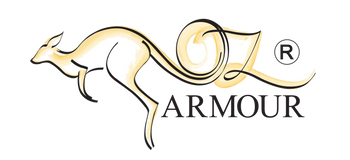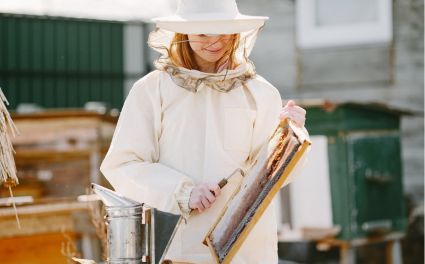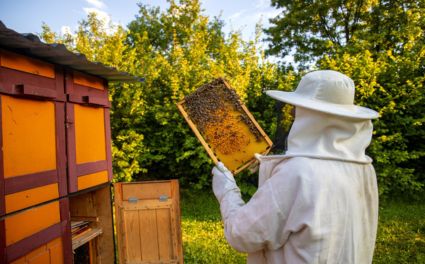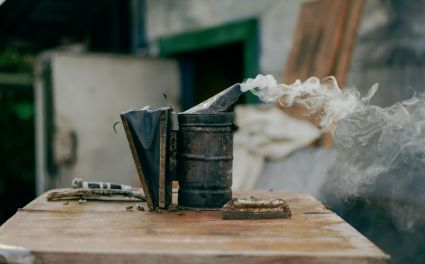Winterizing a beehive is one of the most essential practices for ensuring the long-term health and survival of honey bees. As temperatures drop, bees become less active, relying heavily on stored honey, warmth, and hive stability. A well-winterized hive protects them from cold, pests, and starvation — three of the biggest winter threats.
To achieve this, every beekeeper should focus on insulation, food supply, pest management, and environmental protection. Having the right beekeeping equipment like beekeeping jackets, beekeeping suits, beekeeping gloves, and beekeeping veils also makes winter preparation safer and more efficient for the beekeeper.
🧭 1. Assessment and Preparation
Before winter sets in, inspect your colonies to determine their overall health and strength. A strong colony with a healthy queen is far more likely to survive the cold months. Look for disease symptoms, pest infestations, and adequate honey reserves.
During this assessment:
-
Ensure your beehive is clean and free of debris.
-
Remove any damaged frames or combs.
-
Check brood patterns and bee activity levels.
A sanitary and strong hive is the foundation of a successful winter. Beekeepers often record inspection results — noting details like brood condition, pollen stores, and bee behavior — to track long-term trends.
For extra protection during these pre-winter tasks, many beekeepers prefer ventilated beekeeping suits and durable beekeeping gloves from trusted safety gear providers like Oz Armour, known for their sting protection and breathable comfort.

🧊 2. Insulation and Ventilation
Keeping a balance between warmth and airflow is critical. Bees generate their own heat by clustering together, but without proper insulation, that warmth escapes quickly.
To insulate your hive:
-
Wrap it with materials like foam boards or specialized hive wraps.
-
Place a moisture board on top to absorb condensation.
-
Add an upper entrance for ventilation to prevent mold and stale air.
Too much moisture can chill bees and cause mold growth. Proper ventilation helps maintain a dry environment, crucial for colony health.
While working in cold or damp weather, beekeepers benefit from water-resistant beekeeping trousers and ankle protection gear to stay comfortable and safe during hive maintenance.
🍯 3. Feeding and Nutrition
Even the strongest colonies can starve if their honey stores are inadequate. Before winter, check food levels — ideally, each hive should have at least 18–20 kg of honey.
If supplies are low, supplement with:
-
Thick sugar syrup (2:1 ratio) in early autumn.
-
Fondant or candy boards during deep winter.
Regularly monitor stores throughout the season. Opening the hive too often can stress the bees, so use observation through the entrance or thermal sensors.
Having access to reliable beekeeping equipments simplifies these feeding checks — from insulated feeders to protective gloves and veils.
Also read: How do bees collect honey?
🐜 4. Pest and Disease Management
Winter amplifies problems like Varroa mites and Nosema infections. Beekeepers must manage pests before temperatures drop.
-
Treat hives with organic acids or approved medications in late fall.
-
Regularly inspect brood frames for foulbrood or chalkbrood symptoms.
-
Keep entrances small using reducers to block mice or wasps.
Bee stings are rare with proper safety gear, but if it happens, knowing how to remove a bee stinger safely prevents infection.
Those handling multiple colonies often prefer lightweight beekeeping jackets — providing flexibility without compromising safety — especially when applying mite treatments or rearranging frames.
🧱 5. Exterior Protection
Protecting the outer structure of the hive shields bees from wind and snow.
-
Install windbreaks such as hay bales or wooden panels.
-
Elevate hives off the ground to prevent water seepage.
-
Use entrance reducers to keep the temperature stable and deter rodents.
Adding hive stands also improves airflow, reducing dampness.
During these outdoor preparations, wearing beekeeping ankle protection or reinforced boots ensures safety against ground moisture and stings near the feet — a detail new beekeepers often overlook.
Also read: Bee nest vs wasp nest
👀 6. Monitoring During Winter
Even after sealing the hive for winter, your role isn’t over. Gentle monitoring ensures early detection of issues.
-
Check hive entrances for blockages.
-
Observe external bee activity on mild days.
-
Use temperature probes to track internal warmth.
Maintain ideal humidity — excess moisture can be deadly. Using absorbent materials and controlled ventilation prevents condensation.
Beekeepers often note differences between colonies, similar to how they study bumblebee vs honeybee or carpenter bee vs bumblebee behavior — understanding each colony’s unique rhythm aids survival.
⚠️ 7. Emergency Preparedness
Unexpected events like severe snow or queen loss can devastate a hive. Always be ready with:
-
Emergency fondant reserves.
-
Quick-access insulation wraps.
-
Backup hive components.
In extremely cold regions, small heating pads or insulation panels may help stabilize the temperature.
Professionals wearing insulated beekeeping suits for kids during family training sessions can also teach young learners about winter hive safety — a great way to learn beekeeping.
🎓 8. Education and Continuous Learning
Successful winter beekeeping depends on experience and continuous education. Local workshops and online resources like Oz Armour’s Learn Beekeeping blog provide region-specific advice for different climates.
Reading more about the lives of bees (The Secret Lives of Bees — How Long Do They Really Live?) deepens understanding of colony behavior and seasonal adaptation.
Curious readers can also explore comparisons like difference between honey bee and bumble bee and carpenter bee vs bumble bee to appreciate diversity in pollinators.
📖 9. Record-Keeping and Post-Winter Evaluation
Document everything — from feeding patterns to temperature fluctuations. In spring, review your data:
-
Which colonies survived strongest?
-
Did insulation or feeding methods work well?
-
Were pests successfully controlled?
After winter, inspect brood frames, honey stores, and queen health. If losses occur, analyze and adapt — perhaps adjusting hive wraps or feeding schedules.
These insights will refine your beekeeping techniques and improve your next season’s success.

🌸Final Thoughts
Winterizing a beehive is both science and art. It’s about preparation, patience, and care. With proper insulation, ventilation, feeding, and protective gear like beekeeping jackets, gloves, and veils, beekeepers can face the cold months with confidence.
Brands like Oz Armour are widely respected among global beekeeping communities for designing breathable beekeeping suits, lightweight bee jackets, and colorful options such as pink bee suits, helping both hobbyists and professionals work comfortably and safely.
To explore more insights, visit Oz Armour’s Beekeeping Blogs section and discover tips on hive management, bee nest identification, and guides on whether bee suits protect from wasps.
By mastering winter care and using reliable beekeeping equipment, every beekeeper can help their colony emerge stronger in spring — continuing the fascinating, vital lives of bees that sustain our world.




